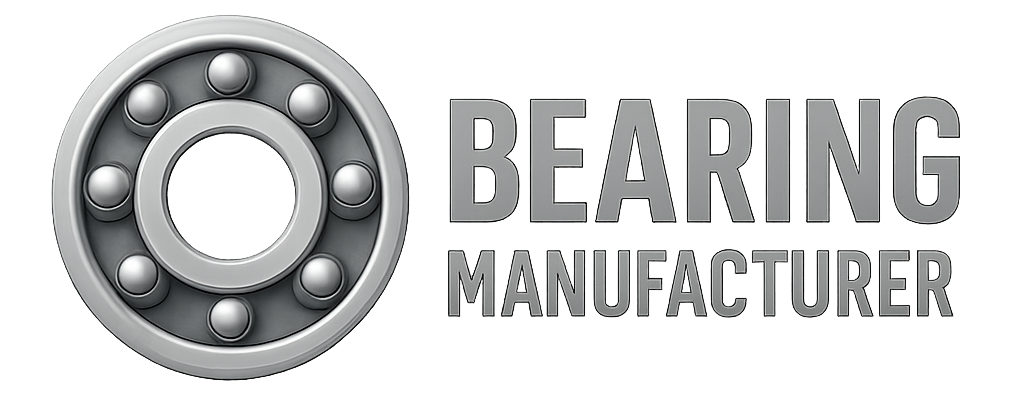Cam followers—sometimes referred to as cam-and-follower mechanisms—are critical components in mechanical systems that convert rotational motion into linear motion. This transformation allows machines to perform precise, repeatable movements, making cam followers indispensable in industries from automotive manufacturing to robotics.
Understanding their design, operation, and application is essential for both engineers and procurement professionals seeking optimal performance and reliability.
Understanding Cam Followers
Definition and Basic Function
A cam follower is a bearing assembly that interfaces with a cam—a rotating element with a designed profile—to produce controlled linear motion. The cam’s profile dictates the movement path of the follower, which either slides or rolls along it.
By translating rotary motion into linear displacement, cam followers are used in diverse machinery such as:
-
Automotive valve trains
-
Industrial pumps
-
Conveyor systems
-
Automated assembly equipment
Key Components of a Cam Follower
Outer Ring – Rolls along the cam profile, reducing friction and wear.
Stud or Yoke – The mounting shaft that secures the cam follower to the machine.
Rolling Elements – Balls, rollers, or needle bearings that enable smooth, low-friction motion.
Seals – Keep contaminants out and lubrication in, preserving performance.
Side/End Plates – Secure rolling elements, ensure alignment, and facilitate lubrication.
Cage – Guides the rollers, evenly distributes loads, and prevents frictional heat buildup.
Types of Cam Followers
1. Stud Type Rollers
-
Feature a threaded stud for direct mounting into machinery.
-
Compact design ideal for limited-space applications.
-
Available in standard and heavy-duty versions for higher static loads.
Typical Uses:
-
Packaging machinery
-
Textile equipment
-
Compact automation assemblies
2. Yoke Type Rollers
-
Hollow bore to mount on a separate shaft or pin.
-
Offers higher load capacity and greater rigidity than stud types.
-
Distributes loads over a wider surface area for stability.
Typical Uses:
-
Heavy-duty conveyor systems
-
Press machines
-
Large-scale automated production lines
How a Cam Follower Works
Rolling Motion
Rolling elements between the inner and outer rings minimize friction, reduce surface wear, and extend service life.
Cam Interaction
The cam’s profile pushes the follower along a controlled path, ensuring precise motion control in applications like engine valve timing or robotic pick-and-place systems.
Load Handling
Designed to withstand both radial and axial loads, cam followers distribute forces evenly to prevent premature failure.
High-Speed Capability
With optimized rolling contact and robust materials, cam followers operate reliably in high-speed environments without overheating.
Applications of Cam Followers
Industrial Machinery:
Drive conveyors, actuate packaging machines, and guide automated equipment with precision and reliability.
Automotive Engines:
Convert camshaft rotation into linear valve movement for precise air–fuel intake and exhaust control.
Robotics & Precision Equipment:
Enable accurate and repeatable positioning, crucial for modern automated manufacturing.
Advantages of Using Cam Follower Bearings
-
Durability: Handles heavy loads and harsh operating environments.
-
Efficiency: Reduces friction, energy loss, and operating costs.
-
Versatility: Available in multiple configurations for varied applications.
Selecting the Right Cam Follower
When choosing a cam follower, consider:
-
Load Capacity – Match to expected radial/axial loads.
-
Motion Precision – Ensure compatibility with desired motion profile.
-
Speed – Confirm capability for your operating RPM.
-
Environment – Assess temperature, moisture, and contamination exposure.
-
Cam Profile Fit – Ensure smooth contact and minimal wear.
-
Material & Coating – Stainless steel for corrosion resistance, high-carbon steel for strength.
-
Maintenance Accessibility – Select designs with easy lubrication points.
-
Brand Reliability – Choose trusted manufacturers like McGill or SKF for quality assurance.
Maintenance Guidelines
Regular Inspection
-
Check for surface wear, misalignment, or unusual noise.
-
Inspect seals and replace if damaged.
-
Verify smooth rolling motion.
Lubrication
-
Use application-specific grease or oil.
-
Maintain a consistent lubrication schedule to prevent metal-to-metal contact.
-
Avoid contamination at lubrication points.
Conclusion
Cam followers are more than just motion transfer components—they are precision-engineered bearings that determine the reliability and efficiency of entire systems. With proper selection, installation, and maintenance, they can provide years of smooth, dependable service.
For industrial-grade cam followers designed to meet demanding application requirements, Bearing Maker offers high-quality, reliable solutions that keep your systems moving with precision.
